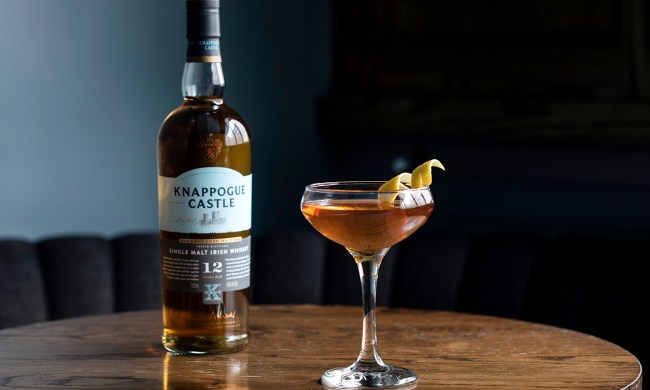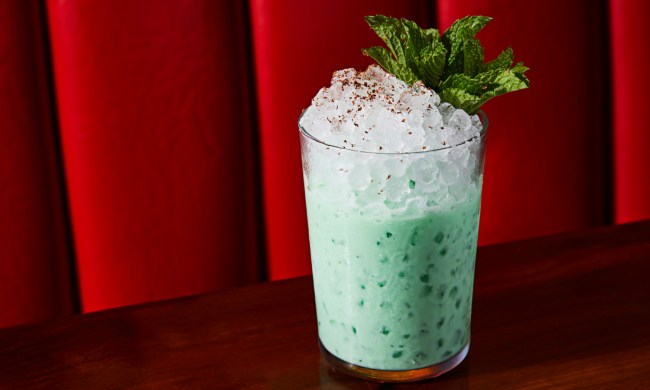Ever wonder what the pros like to drink while not on the clock? Us too. That’s why we asked several sommeliers what they like to wet their whistle with while away from the workplace. Now, we’re curious what brewers are sipping while they’re away from professional duties.
We chatted up some beer-makers from across the land to see what liquids they’re currently into. Turns out, it’s a nice mix of wine, cocktails, cold ones, and even the occasional nightcap. It’s the perfect bit of inspiration to try something new as 2022 plays out, whether it be a selection from your favorite bottle shop or something you simply always overlooked at the supermarket. Are some of you still in Dry January mode or just plan to do the zero-proof thing? Brewers offered some suggestions in that department too.
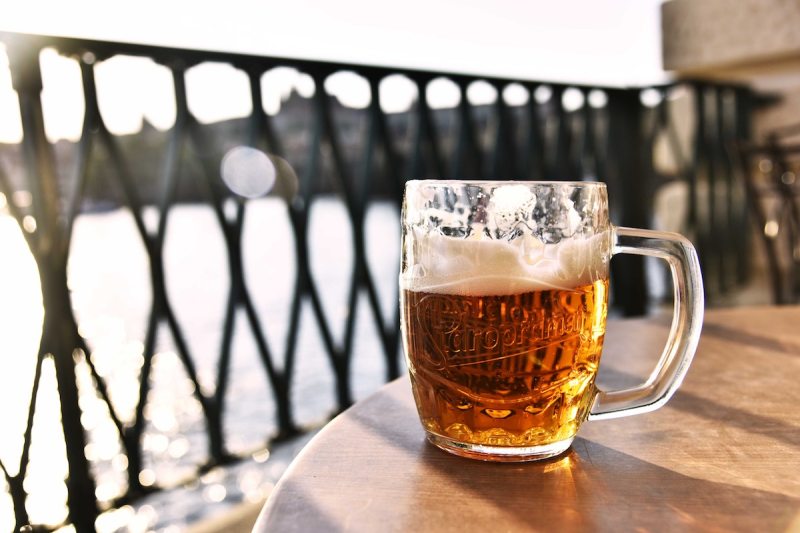
Andy Hooper
Seismic Brewing Company
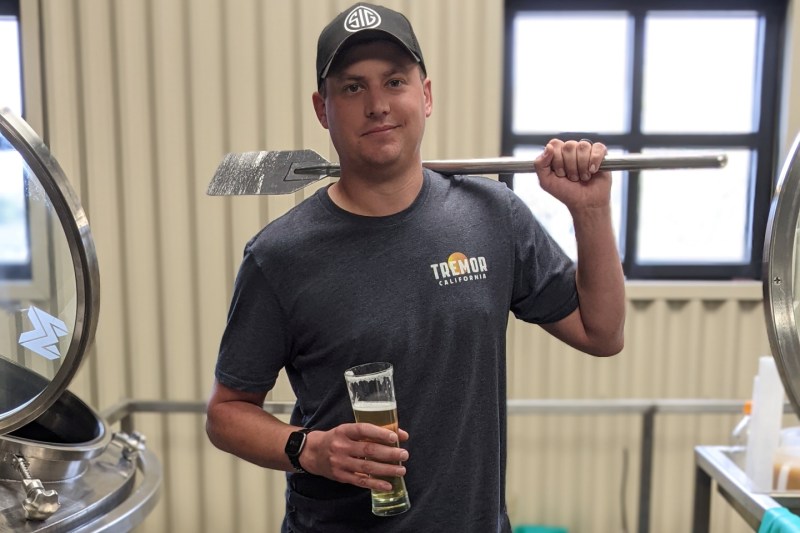
Hooper is the brewmaster at Seismic in Santa Rosa, California. More often than not, he’s drinking a light lager, AKA his “activity beer.” The Tremor California Lager is light enough he can enjoy it without feeling sluggish. “My ‘order at a restaurant to drink with my meal’ beer is going to be something fresh and local, often something I’ve never tried before,” he admits.
“Drinking beer made by friends and colleagues is pretty easy in Sonoma County; there’s no shortage of brewing talent around these parts. When local, fresh, craft offerings aren’t available and I need a macro standby, I buy yellow bellies (Coors Original cans or stubbies),” Hooper says.
Hooper doesn’t stop there, as he enjoys a good wine too. Some of his favorites are Sauvignon Blanc and a good, crisp Chardonnay. “Nothing beats a bright Pinot Noir or a classic Chianti with a steak or pasta dish,” he admits. “Sangiovese and Barbera are incredible for meals too, especially when offsetting fatty or smokey barbecue.”
For spirits, Hooper reaches for whiskey of all types, from bourbon to Irish whisky to Japanese whiskies. He tends to like those neat but in terms of cocktails, he gravitates towards summery flavors. “My favorite cocktail is a little something I call ‘Danger Zone’ which is a strawberry shrub with cucumber, basil, mint, lemon, lime, shaken with dry gin and topped with soda,” he says. “Find a better summer cocktail; I’ll wait.”
He’s also interested in a nice, bright Martini, “made with equal parts Nolets Gin, dry gin, and vodka,” he says. “Shake with the lemon peel and simple syrup while glancing at an unopened bottle of vermouth.”
When all is said and done, Hooper opts for a good nightcap and Absinthe is his liquid of choice. “It’s a good sipper after a meal,” he admits.
Chris Archer
Ninkasi Brewing
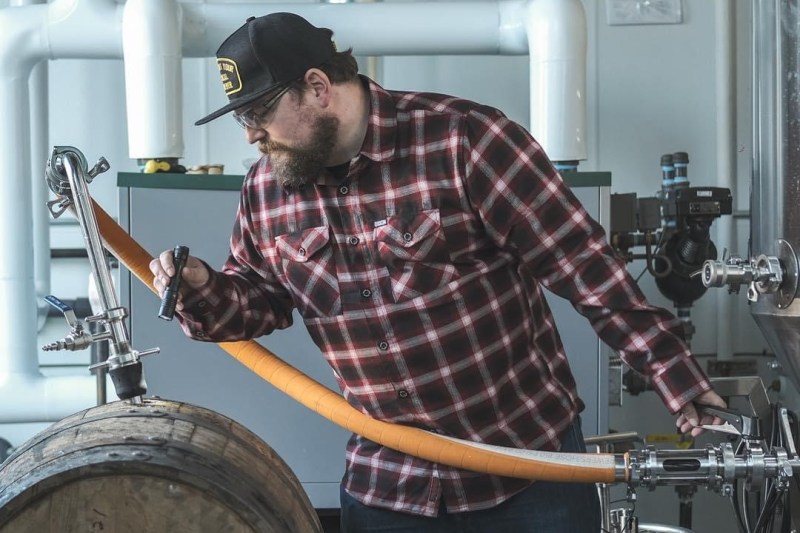
In the Willamette Valley of Oregon, Chris Archer is the lead brewer at Ninkasi Brewing Company. He’s all about local, as we all should be. When it comes to what the beer-maker is drinking, it comes down to patronizing one’s own backyard. “Independent, artisan, craft. Across all beverage industries, we are in a renaissance, and I am here for it,” Archer says.
What does that mean? “Local, small-batch coffee roasters, neighborhood kombucha-makers, craft distilleries, and even canned cocktails. We are getting it all and I couldn’t be happier,” Archer says. “I’ve also been super stoked on the re-emergence of the craft lager movement in a big way. Now every craft brewery you walk into not only has IPA’s for days, but also a solid lineup of lagers.”
I love bellying up to the bar and grabbing a Schwarzbier or a Helles. Maybe snagging a six-pack of Czech Pilsner or Lite American Lager to go,” Archer adds. “A perfect companion for a day fishing or hitting the slopes. I hope this trend continues to grow!”
Max Shafer
Roadhouse Brewing
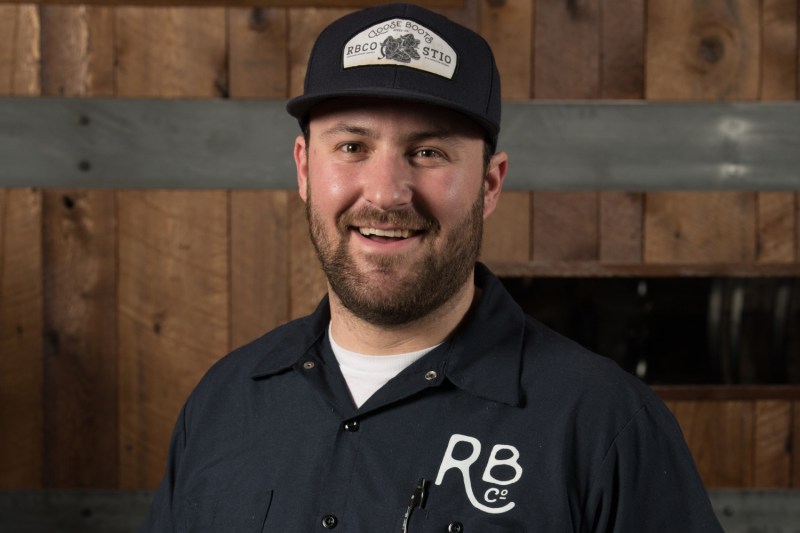
As the brewmaster at Roadhouse Brewing Company in Jackson Hole, Max Shafer is making some of the best ski town beers out there. Clearly, he loves a good brew, but there’s always a strong case for variety in liquid culture. “While my heart will always be in beer, sometimes it is good to mix it up,” he admits.
“For me, it always starts with a good cup of coffee,” he says. “Nothing starts my day off better than with a properly brewed cup but it starts with the beans. I look no further than to Alpine Air located in Victor, Idaho. As a brewer, I know how important the end product is, but that starts with quality ingredients. The folks at Alpine Air work hard to source the best beans they can so that the love and effort put into roasting can be enjoyed by all.”
Later on, especially after a shift, a downer besides beer is likely in order. “To end my day, I typically reach for something other than beer — I know, shocking, but after a long day in a brewery sometimes other flavors are just what I am looking for,” he says. “While I can typically be found sipping tequila or bourbon, always served neat, I enjoy nothing more than a glass of a full-bodied red wine.”
Lately, Shafer has been into a Sonoma label. “Recently I have fallen in love with a small producer, Obsidian Wine Company,” he says. ” have been drinking a lot of their 2019 vintage of ‘The Slope’ which is a beautifully-balanced, full-bodied Cabernet Sauvignon. I love balanced wines, and this one certainly displays that from the initial work done to select the correct ground for planting, to the souring of beautiful oak resulting in the perfect amount of tannins and fruity flavors. The Slope has proven time and time again to be the perfect libation after a long day’s work in the brewery.”
